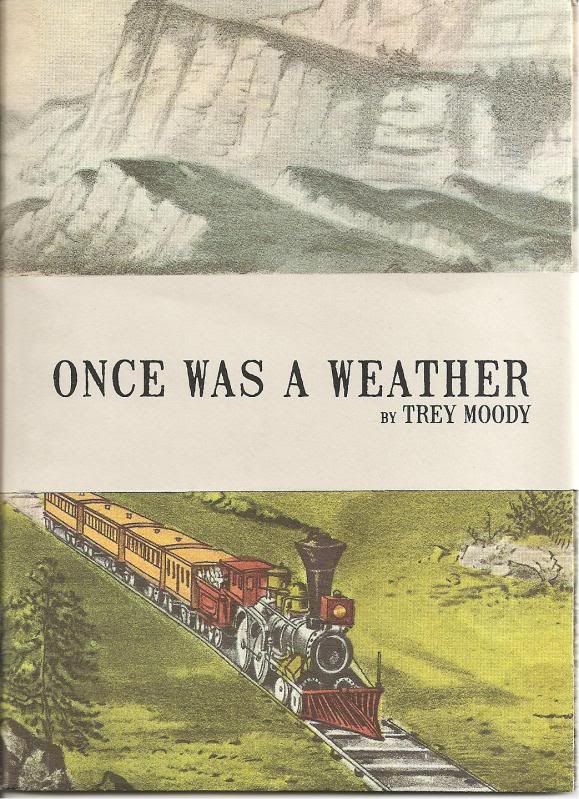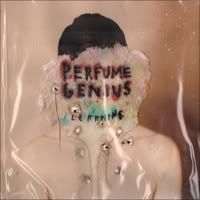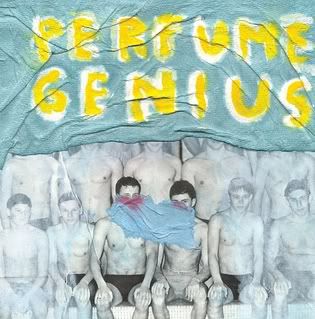Toward the conclusion of A Hotel Lobby at the Edge of the World (Milkweed Editions, 2012), the speaker of the poem “How to Stop Migration” tells us that he “was once called a nature poet / by [his] mother” (78). We may never know if Adam Clay himself was called “a nature poet” by his mother, but it's easy to see how one could use that distinction to categorize him, at least superficially. Take, for instance, the following images in the poem “A Memory, Forgotten at the End of a Season”:
You hear the birds swarming,
you hear the birds flapping their wings
just to stay alive. I know their colors from their song
but not their names.
…
It is foolish to predict the weather,
which isn't anything that can be held—
but still you try to hold it, stubbornly silent, (50)
Yes, trafficking in avian and meteorological imagery leads one to believe that Clay, indeed, is a “nature poet”; but if we label the poet as such, it's important to realize that something unusual is afoot within his natural world: this is not simply a mimetic experience. The speaker of the poem deduces the “color” of a bird through its “song,” exhibiting an extrasensory perception where sound gives way to sight. Likewise, the speaker acknowledges that calculating and documenting nature's trajectory “to predict the weather” is a “foolish” endeavor, but one that he undertakes nonetheless. Moreover, he does so by attempting “to hold it,” as if weather was something he could grasp. Again, the speaker experiences a derangement of the senses, communing unnaturally with nature so as to produce an oddly dislocated landscape.
But Clay does not alienate his audience by immersing them in a completely foreign world; instead, it seems, he bends the contours of the familiar so they are both recognizable and misshapen. For example, in “Natural History” we encounter the following passage:
But Clay does not alienate his audience by immersing them in a completely foreign world; instead, it seems, he bends the contours of the familiar so they are both recognizable and misshapen. For example, in “Natural History” we encounter the following passage:
Centering yourself along unrecorded boundaries,
it's only when you come upon
a creek in the woods that the concept of remoteness
dawns on you
as something more than distance.
The tree is a metaphor for something, as is the creek, as is your sightline.
You value landscape for the way it is both certain and changing. (6)
The recognizable but misshapen, or a landscape “both certain and changing,” offers the excitement of difference coupled with the comfort of the known. This not so much a paradox, but the poem's ability to hold within itself two contradictory positions in order to create a beautiful tension, or in Clay's words: “Centering yourself along unrecorded boundaries,” which contains both an anchored focal point and an unmapped margin.
And what of the tree and the creek, which are both “a metaphor for something” else? It would not be a overreaching to claim that they are, in the poem, not only constructions of the poet's mind, but reflections of the poet's mind. Given the aforementioned dislocated landscapes, then, it should come as no surprise that the speaker of these poems declares:
And what of the tree and the creek, which are both “a metaphor for something” else? It would not be a overreaching to claim that they are, in the poem, not only constructions of the poet's mind, but reflections of the poet's mind. Given the aforementioned dislocated landscapes, then, it should come as no surprise that the speaker of these poems declares:
I am beginningto think a fragmentis as complete as a thought can be. (38)
Fragmented thought produces fragmented landscapes. But even this fragmentation proves to be ephemeral, as we wait “in anticipation of a fragment breaking down” (43), when all our broken discoveries become “more like a dream // than reality” (54) and reveal that the poems, the words, “the symbols add up...[to] nothing” (72) but the echo of a “splash unseen” (73). And so this nature poet fractures, then dissipates, into a complex landscape where the “weather grows less stable / than us” (3).










